Greg Taylor: 2024 Season Outlook
Greg Taylor: 2024 Season Outlook
By: Greg Taylor
I’d like to start this update on the 2024 salmon fishing season with a shout out to Ocean Wise, a Canadian-based seafood eco-label that recently announced its seal of approval for 14 B.C. chinook and sockeye fisheries.
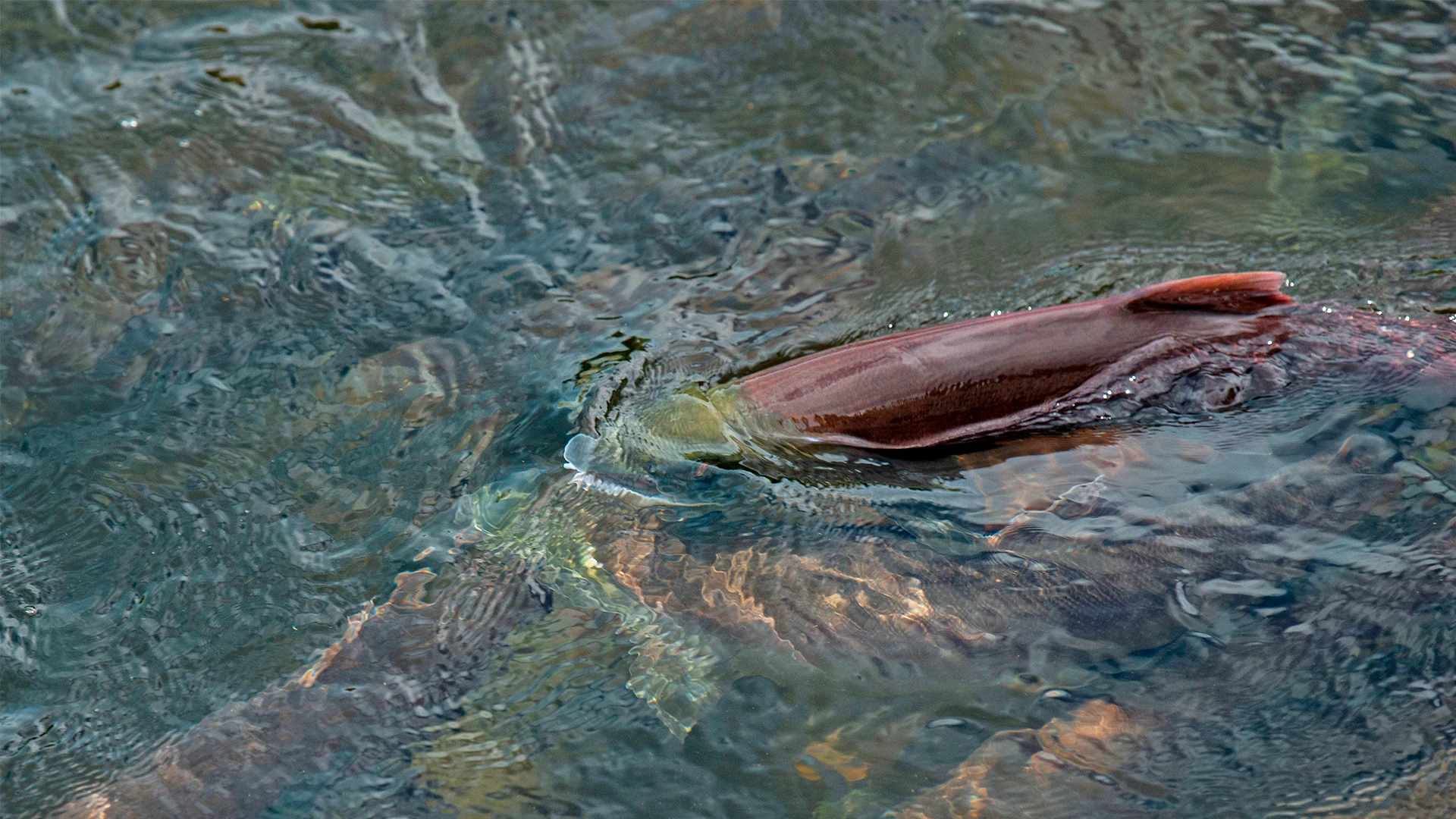
Consumers and buyers can have confidence they are making sustainable choices when buying salmon produced by specific B.C. salmon fisheries.
For the first time since the B.C. salmon fishery lost its internationally recognized Marine Stewardship Council (MSC) certification of sustainability in 2019, consumers and buyers can have confidence they are making sustainable choices when buying salmon produced by specific B.C. salmon fisheries.
Unlike MSC, which certified the entire B.C. commercial salmon fishery, Ocean Wise recommends specific B.C. commercial salmon fisheries that meet its sustainability standard. With MSC, the province-wide certification obscured the fact that several component fisheries within the certification were ‘conditional’ on DFO making improvements within specific timeframes before they could earn full certification. It was DFO’s failure to address these conditions that cost the B.C. commercial fishery its MSC certification.
Ocean Wise’s objective is that recommending only those fisheries that currently meet its standards will encourage industry to improve the management and operation of fisheries that do not. I will identify these fisheries in my review so consumers can know – for the first time – which specific B.C. salmon products are recognized as being sustainable by this independent arbiter.
Unfortunately, Ocean Wise recommendations are largely confined to the Canadian market, whereas MSC certifications are recognized around the world. It is difficult to convey how much the loss of the MSC certification has hurt the Canadian industry. The international wild salmon market is oversupplied, much of it by MSC-certified salmon from Alaska and Russia. Faced with a choice between MSC-certified and non-MSC-certified salmon, major buyers tend to choose MSC-certified. This has depressed the demand for Canadian wild salmon products.
Further, because the only two major buyers of Russian salmon are China and Japan (because most other significant salmon buyers are boycotting Russian products), the two counties have used their market power to drive down the prices paid for Russian salmon. This has lowered the market price for all salmon products in international markets.
Canadian producers of wild salmon are, therefore, facing both less demand and reduced prices. And of course, when salmon processors and wholesalers are squeezed, fishermen carry the brunt of the load.
Ocean Wise recommendations will help consumers make informed choices and benefit the fishermen participating in those fisheries, creating new markets for those B.C. fisheries recognized as sustainable. This may encourage other B.C. fisheries to make the necessary improvements so they, too, can earn an Ocean Wise recommendation.
There’s some good news for Canadian producers, as well: Russian production is forecast to be around 320,000 metric tons in 2024, compared to the 490,000 metric tons produced last year. It will likely be even less, as Russian bureaucrats are known to inflate forecasts for domestic political reasons.
And Bristol Bay, the largest U.S. sockeye producer, appears to be tracking less than forecast, which was already down from last year’s record production. Meanwhile, test fishing for southeast Alaska pink fishing is very poor, even for an even year (versus the more abundant odd years). Together, these events may allow salmon inventories to come into balance and the international market to sort itself out somewhat. But Canadian salmon producers will still be at a significant disadvantage in a world awash with MSC-certified fish.
Speaking of Alaska salmon fisheries, it should be noted that Ocean Wise just removed southeast Alaskan salmon from its list of recommended fisheries. They did so after reviewing the data included in an MSC objection put forward by three Canadian conservation organizations: SkeenaWild, Raincoast and Watershed Watch Salmon Society.

Forecast For 2024 Fisheries
Northern troll fisheries for pink, coho, and chinook are Ocean Wise recommended, as they are selective and relatively well monitored. Further, forecasts for northern coho are good, which current catches appear to be bearing out. Northern chinook are forecast to return at reasonable levels. However, Skeena chinook appear to be returning very poorly even when compared to the poor returns seen in recent years. This continues a disturbing downward trend seen for stream-type chinook (chinook that have longer stays in freshwater) in both the Skeena and Fraser.
Haida Gwaii
Haida Gwaii pinks tend to return well on even years and 2020 saw reasonable spawning success. There is some hope, therefore, we could see good fishing in Masset and other Haida Gwaii inlets later this summer. This fishery is not Ocean Wise recommended, which I consider an oversight as the fishery is terminal and has few bycatch issues. I have appealed this decision to Ocean Wise. Haida Gwaii chums have not seen decent returns for decades but if there is any year that may buck this depressing trend (it used to be my favorite fishery), it may be 2024, as summer chums appear to be showing up in abundance most everywhere in Alaska. Whether this strength continues into B.C. remains to be seen. My experience has been that when chums return in strength, they appear to do so most everywhere. This may be due to their life history which has them spawning in lower rivers, going to sea immediately after they emerge from the gravel, and occupying different oceanic habitats and food webs.
Nass and Skeena
Nass River sockeye are forecast to return above average. Early indications are that the run is relatively robust. There are ongoing gillnet fisheries targeting Nass sockeye. While our fisheries minister said in 2021 that these fisheries would be closed permanently because of their impact on other stocks and species, DFO has reinstated them after considerable industry lobbying. Ocean Wise has not recommended Nass River sockeye because of that impact. Sockeye produced in the near-terminal Gitanyow Nation selective dipnet fishery are Ocean Wise recommended.
Skeena River sockeye returns are expected to be below average but at a level that will support some mixed-stock gillnet and seine fisheries. While it is too early in the return to provide a projection of final run size, early indications suggest it may be well above forecast. I have some concern, after noticing that some sockeye returns in B.C. and Alaska appear to be returning a bit earlier than average, that early indications of run-strength may not pan out if Skeena sockeye are also returning earlier than average. If commercial fisheries are opened based on an assumption of average run-timing, as they usually are, it could result in overfishing, as has happened some past years when the run was early.
Like Nass sockeye, Skeena sockeye caught in marine fisheries have not been recommended by Ocean Wise because of the mixed-stock nature of the fishery. The same goes for First Nations in-river selective fisheries due to their mixed-stock nature. The terminal Excess Salmon to Spawning Requirement (ESSR) sockeye fisheries that occur in Babine Lake are Ocean Wise recommended.
Nass and Skeena pink returns are expected to be relatively good. It is somewhat worrisome that test fisheries for pinks in southeast Alaska are very poor. Whether this will carry over for Canadian pinks is unclear, as spawning habitats and conditions for southeast Alaska and northern British Columbia pinks can be very different. Further, if Alaska curtails its directed pink fisheries in areas that intercept Canada-bound salmon, this could significantly benefit returns to northern B.C. streams. The only northern B.C. pink fishery that is Ocean Wise recommended is the small North Coast Skeena First Nations Stewardship Society seine fishery. The reason this fishery achieved the recommendation is that the participants and managers have incorporated comprehensive independent monitoring of fishing activities to ensure bycatch are, as required by DFO’s Conditions of Licence, returned to the water “with the least possible harm.”
There is cautious optimism when it comes to Skeena steelhead. Early indications are that Skeena steelhead returns, to at least some systems, are very strong. This is exciting news after several years of poor returns. Reduced fishing pressure in southeast Alaska will also benefit Skeena and other northern B.C. steelhead runs

Area 6
Area 6 pink salmon (Douglas Channel and its coastal approaches) are forecast to return at levels that will support seine fisheries. This is another population that may see better returns and catches if Alaskan interception fisheries are curtailed. This fishery is not Ocean Wise recommended because of its impact on local chum and other salmon populations and the lack of comprehensive independent and verifiable monitoring consistent with DFO policy and international best practices. This is unfortunate, as eNGOS collaborated with industry in research that pointed the way to what should be monitored (air exposure of discarded species), how it could be monitored, and came up with ideas on how it could be done with minimum intrusion and cost. Industry shelved the report so it only has itself to blame.
Central Coast
Wild chum returns in much of the central coast are expected to be poor. However, it is possible that chum returns will be stronger than expected. Fisheries impacting wild central coast chums were closed as part of the 2021 Pacific Salmon Strategy Initiative announcement. They will remain closed in 2024.
East Coast of Vancouver Island
Barkley Sound sockeye gillnet and seine fisheries are ongoing as I write this. These fisheries are Ocean Wise recommended as they are relatively terminal in nature, managed through a multi-stakeholder round table, are consistent with the Wild Salmon Policy, and have few bycatch issues. The return has undergone a small downgrade last week due to what seems to be earlier than average return, so the pace of fishing will likely slow.
Barkley Sound chinook gillnet and seine fisheries in August are also Ocean Wise recommended, for the same reasons Barkley sockeye are.
Barkley Sound
ECVI fisheries are dominated by hatchery production. Many wild populations – other than pinks – are classified as endangered or threatened. Below average returns of enhanced chums are expected to most major systems. Other than the limited Johnstone Strait mixed-stock fishery, these tend to be harvested in near-terminal commercial fisheries. It will be interesting to watch whether the run strength we currently see for summer chums continues into the fall. However, the collapse in enhanced production in the past few years is worrisome, as it is not unknown for once-successful enhanced chum production to suddenly collapse, often driven by ecological changes in near-shore environments. It will be interesting to see if ECVI enhanced chum respond to the obviously good marine conditions enjoyed by other chum populations.
Enhanced ECVI chinook, on the other hand, are expected to continue to return in good numbers. They are harvested, along with endangered ECVI chinook populations, in mixed-stock recreational catch-and-release fisheries throughout the Strait of Georgia.
There should be some good recreational pink fishing opportunities in the southern portions of the ECVI. The fascinating outlier to most other ECVI streams producing wild salmon is the Cowichan River. It should continue to see average returns of wild chums, chinook, and even steelhead. This deserves an article unto itself as its success may point the way towards how we might conserve and recover salmon in the future.
Fraser River
Fraser River sockeye are tracking to have their worst return on record. They are divided into four management groups – Early Stuart, Early Summer, Summer, and Lates. Most of the 44 conservation units within the four timing groups are expected to return at poor levels in 2024. Considering each management group has numerous distinct populations with divergent productivity and run-timing, and that the migration timing of the four management groups overlap each other, Fraser sockeye management can be like facing an immense jigsaw puzzle where none of the pieces quite fit with one another. Recent environmental trends have added to the management challenges and increased forecast uncertainty for most component populations. Further complicating management, the Big Bar slide still looms large over this year’s return, as the parents of this generation of spawners was heavily impacted by the slide. Making matters worse, drought conditions are anticipated to continue throughout the watershed. It is little wonder that the Fraser River sockeye fishery is not expected to open in 2024.
This is an off-cycle year for Fraser pink salmon.
Fraser chums returning this fall are forecast to return below their management objective. It will be interesting to see if Fraser chums benefit from the same positive ocean conditions that appear to have benefitted summer chums. The only Fraser chum salmon fishery that is recommended by Ocean Wise is a small terminal ESSR fishery near Chehalis that, due to its terminal nature, avoids intercepting critically endangered Fraser steelhead and depleted coho.
Fraser chinooks are grouped into Fraser 4-2s, Spring and Summer 5-2s, Fraser 4-1s, and fall 4-1s. The difference is chinooks designated with a ‘2’ spend their first year after hatching in freshwater before migrating to the ocean. The forecast for 4-2s and 5-2s is poor. The 4-2 migration peaks in June in the Fraser River. The 5-2 migration peaks in late July. However, there is considerable overlap because, similar to Fraser sockeye, each of these stock groupings consists of multiple component populations with varied productivity and migration timing. Hence, you will find 4-2 and 5-2 Fraser chinook both returning between March and mid-August. Stocks from both groupings are classified as endangered by the Committee on the Status of Endangered Wildlife in Canada. These fish are encountered in mixed-stock marine recreational fisheries from southwest Vancouver Island seaward of Barkley through to the Fraser River, very limited in-river First Nations Treaty and Food fisheries, and by IUU (Illegal, Unreported, and Unregulated) fisheries in the Fraser River). There is next-to-no commercial harvest of these populations because they tend to migrate directly in from the Pacific Ocean through the Strait of Juan de Fuca, though they are caught as bycatch in West Coast trawl fisheries. Test fisheries suggest these populations are returning even less than forecast. Many of these populations will be further impacted by the Big Bar slide and the expected drought conditions.
Fraser 4-1s are forecast to be abundant and will likely support commercial, First Nations, and recreational fisheries from the Alaskan Border through to their spawning grounds in and around the Thompson and Shuswap River and tributaries. Their migration timing is from mid-July to mid-September. These fish spawn below the Big Bar slide and therefore remain unaffected by it.
Fraser fall (Harrison) chinook are the only Fraser chinook population with a biologically based escapement goal (the number of fish required to make it back to the spawning grounds). Unlike Alaska, or the southern states, DFO does not have biologically based escapement goals for most salmon populations. The reason Fraser fall chinook have an escapement goal is that they are managed by the Pacific Salmon Treaty between Canada and the U.S. Fraser fall chinook are classified as ‘threatened’ under COSEWIC. Fraser fall chinook exceeded their escapement goal in 2023. They are forecast to return below target in 2024, but the 2023 returns may bring improvements in productivity going forward.
Most recreational fisheries require chinook that don’t meet specific size be released. Similarly, undersized and wild (unmarked) coho must be released. Recent studies by UBC researchers (funded by the BC Salmon Restoration and Innovation Fund) that electronically tagged and tracked released salmon in several B.C. recreational fisheries found the actual mortality suffered by released fish is much higher than the estimates employed by DFO when making management decisions. The study found up to 40 per cent of released adult chinook may die before spawning.
Interior Fraser coho are classified as threatened. They return from late August through September and are therefore vulnerable to being encountered in any mixed-stock recreational or commercial fishery along their migratory path. Canadian total mortalities are limited to 3-5 per cent but monitoring and assessments are poor, and release mortality underestimated. There is limited data on lower Fraser coho, but their status is of growing concern for First Nations in the area. Abundant coho returns to some south coast rivers are masking low abundance elsewhere and driving recreational fishing pressure that is impacting depleted populations.
Steelhead returning to the Thompson and Chilcotin Rivers are past being endangered. They are on the cusp of being extirpated. Recent rolling commercial closures intended to protect returning steelhead will remain in effect in 2024. Enhanced ECVI chinook, on the other hand, are expected to continue to return in good numbers. They are harvested, along with endangered ECVI chinook populations, in mixed-stock recreational catch-and-release fisheries throughout the Strait of Georgia.
Concerned by the numbers?
Take action here –
Write letters / contact the provincial government, DFO and MSC certification body for sustainable fishing:
Provincial Minister responsible for Fisheries Nathan Cullen
Federal Minister of Fisheries & Oceans (DFO) Diane Lebouthillier
Marine Stewardship Council (who certified Alaska’s fishery as sustainable)
Other News
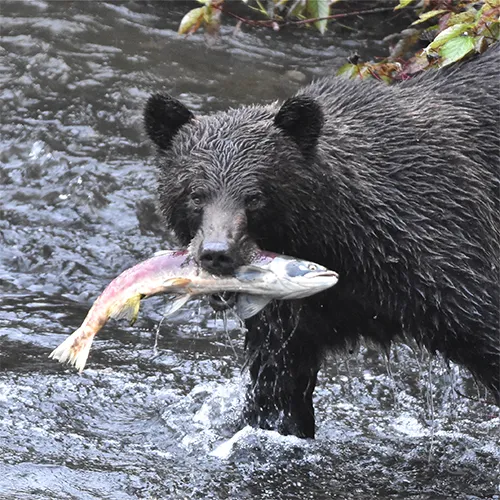
SkeenaWild Executive Director – Job Posting
We’re hiring for a new Executive Director. The Executive Director is responsible for leading and managing the Trust to achieve its mission of conserving wild…
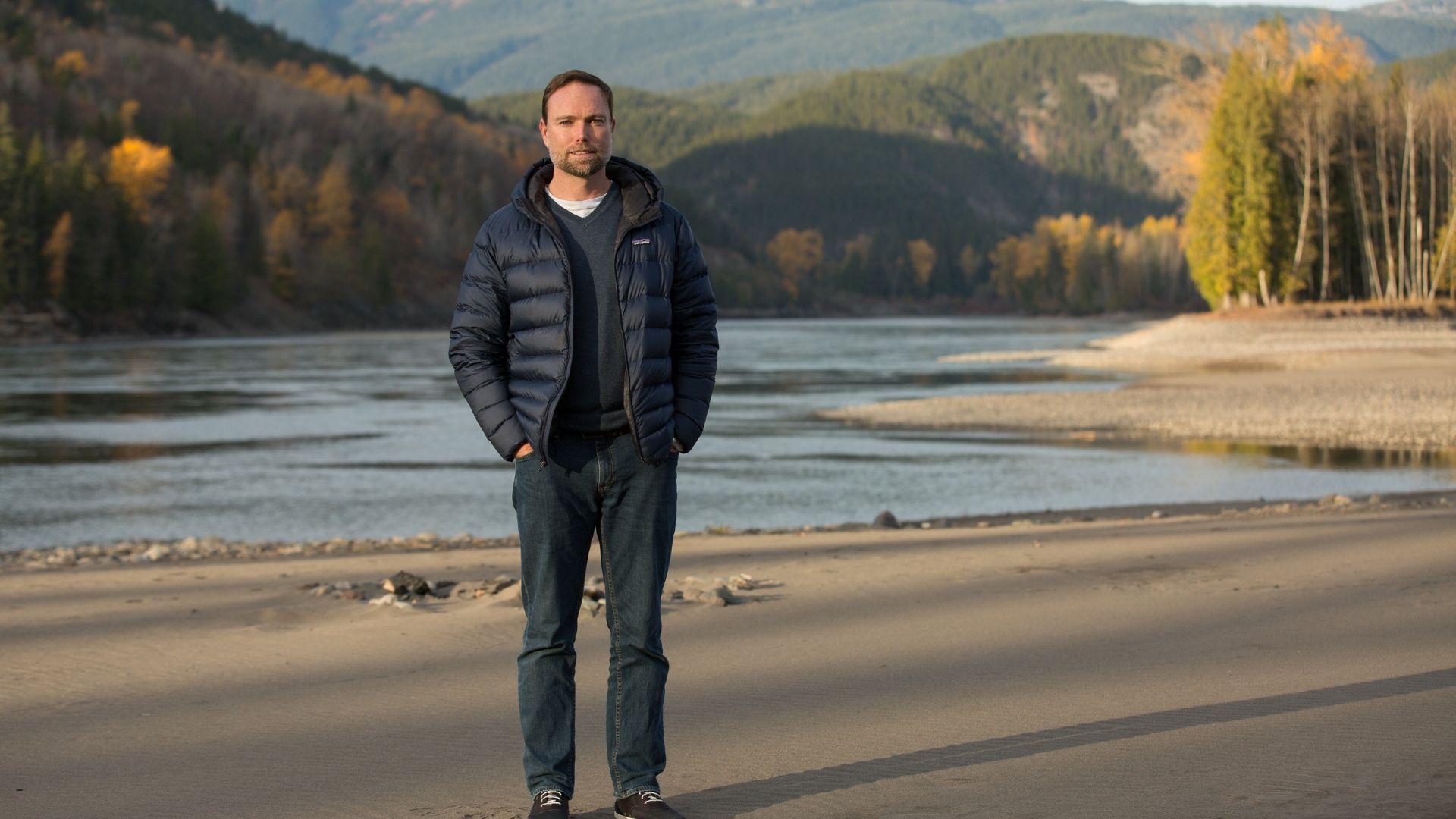
A New Chapter for SkeenaWild
New Chapter for SkeenaWild A Note From Executive Director, Greg Knox Dear Friends, After eighteen years as Executive Director of SkeenaWild Conservation Trust, I am…
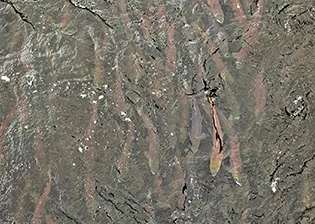
Greg Taylor 2024 Salmon Fishery Recap: Part Two
In the second instalment of his annual salmon recap, Greg Taylor dives into the 2024 returns across B.C.’s North and Central Coast. From the Skeena…
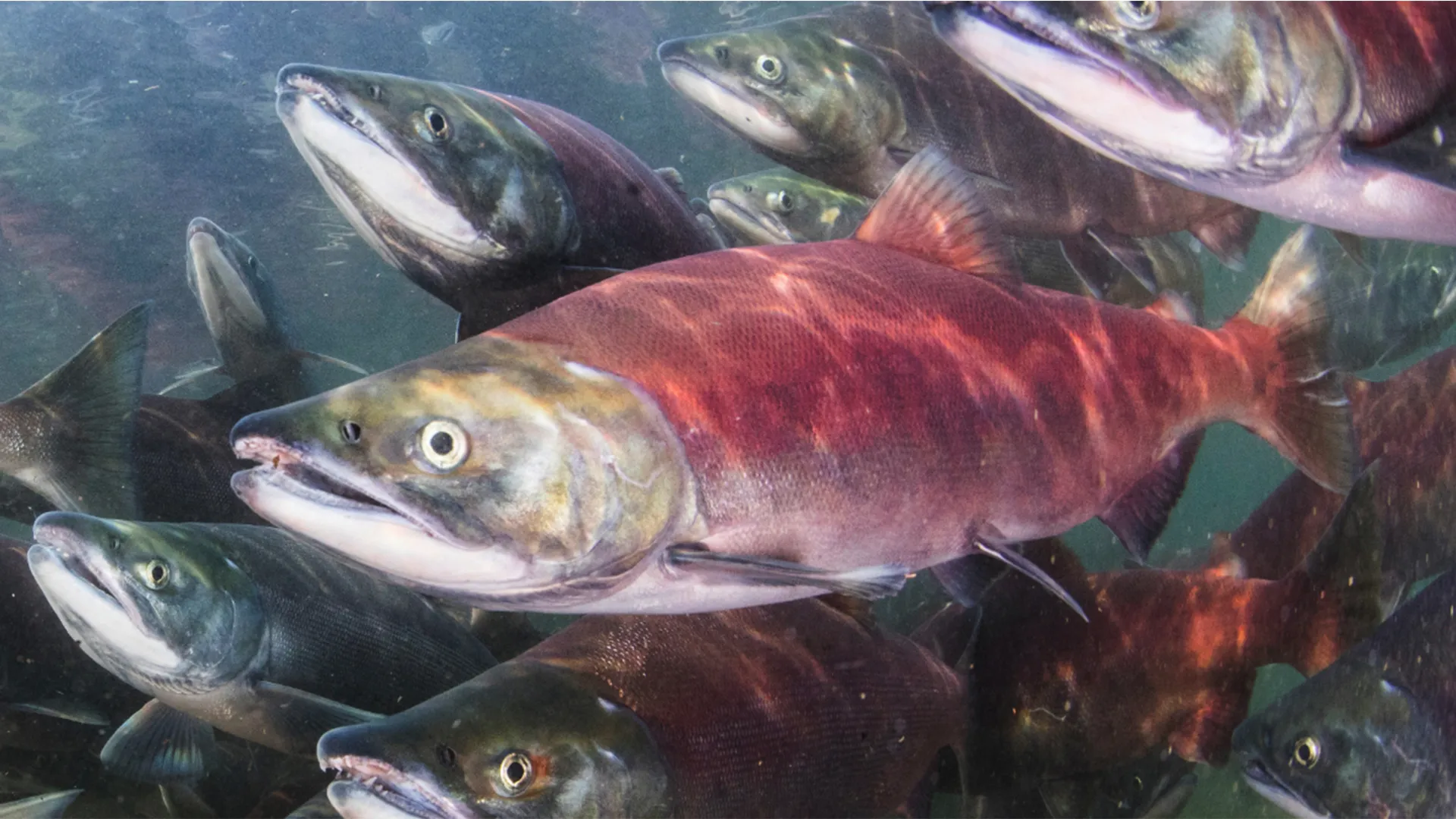
Greg Taylor 2024 Salmon Fishery Recap: Part One
Greg Taylor 2024 Salmon Fishery Recap: Part One Reflecting on the 2024 Salmon Season Written by Greg Taylor, Fisheries Advisor It is that time of…

SkeenaWild Executive Director – Job Posting
We’re hiring for a new Executive Director. The Executive Director is responsible for leading and managing the Trust to achieve its mission of conserving wild…

A New Chapter for SkeenaWild
New Chapter for SkeenaWild A Note From Executive Director, Greg Knox Dear Friends, After eighteen years as Executive Director of SkeenaWild Conservation Trust, I am…

Greg Taylor 2024 Salmon Fishery Recap: Part Two
In the second instalment of his annual salmon recap, Greg Taylor dives into the 2024 returns across B.C.’s North and Central Coast. From the Skeena…

Greg Taylor 2024 Salmon Fishery Recap: Part One
Greg Taylor 2024 Salmon Fishery Recap: Part One Reflecting on the 2024 Salmon Season Written by Greg Taylor, Fisheries Advisor It is that time of…